While aircraft are manufactured from such metals as titanium, aluminium and magnesium alloys, the main material used for civil vessels and warships is steel. Below, we discuss the types of steel used in shipbuilding and how they are used.
Ukraine is a unique state where both steel and ships are manufactured. More than ten shipyards on the Black Sea and the Azov Sea, the Danube River and Dnipro River build and repair warships, barges, oil tanker hulls and other marine and river machinery. After several years of stagnation, the Ukrainian shipbuilding industry has started to recover, increasing its volumes of purchased rolled metal products. Shipbuilders purchase mostly flat products manufactured by Metinvest Group’s Ukrainian steelmaking assets in Mariupol – Ilyich Steel and Azovstal.
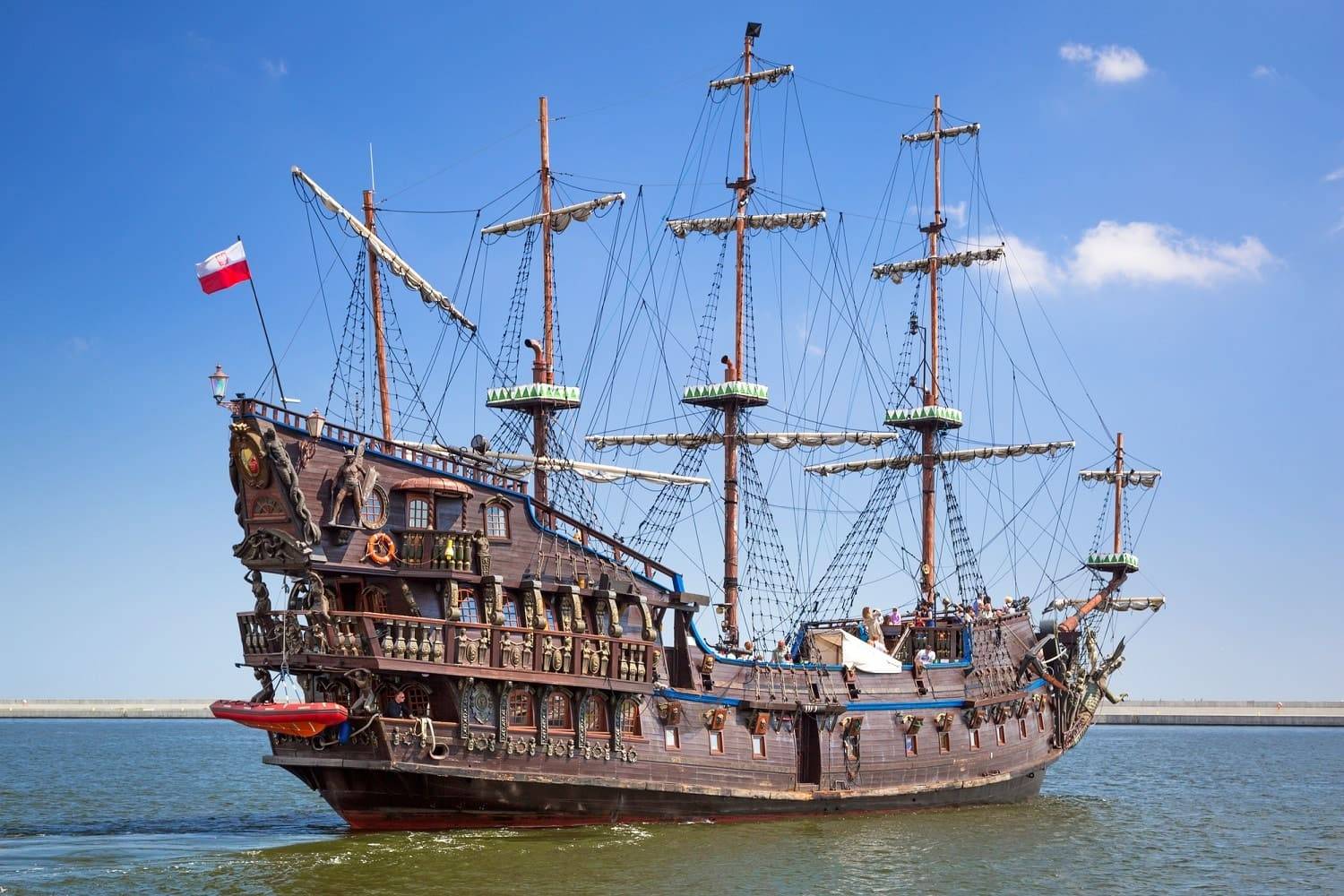
History of shipbuilding steel
Today, it is hard to imagine a ship hull that is not made of steel.
However, things were different more than 100 years ago. Notwithstanding the fact that iron rivets were found in ancient ships in the 10th century, they were used to connect wooden parts. And this went on for several centuries. Perhaps ancient designers thought: “If iron is heavier than water, such a ship will submerge at once.” On the other hand, they were limited by Middle Age steelmaking technologies, as they did not ensure sufficient volumes of hot metal and steel smelting, as well as proper quality of materials.
The first ship with an iron hull was built at the end of the 18th century. This was a river barge.
During the 19th century, shipbuilding technologies underwent changes and improvements. While before the beginning of the 20th century, steel sheets in ship hulls were connected by means of rivets, since the 1930s the ship and vessel building technologies have become similar to the contemporary ones. Today, trade vessel and warship hulls are manufactured worldwide by cutting, bending and welding steel sheets.
These are the basic process operations that shipbuilders use to set the requirements for metallurgical products. For shipbuilders, it is important that their vessel can navigate seas and oceans without needing to repair their equipment and hulls at shipyards. This mainly relates to cargo vessels. Owners of cruise liners have their own requirements. For example, they want to have not only lighter, but also stronger hulls. This makes it possible for them to implement more interesting solutions and install additional equipment for passengers.
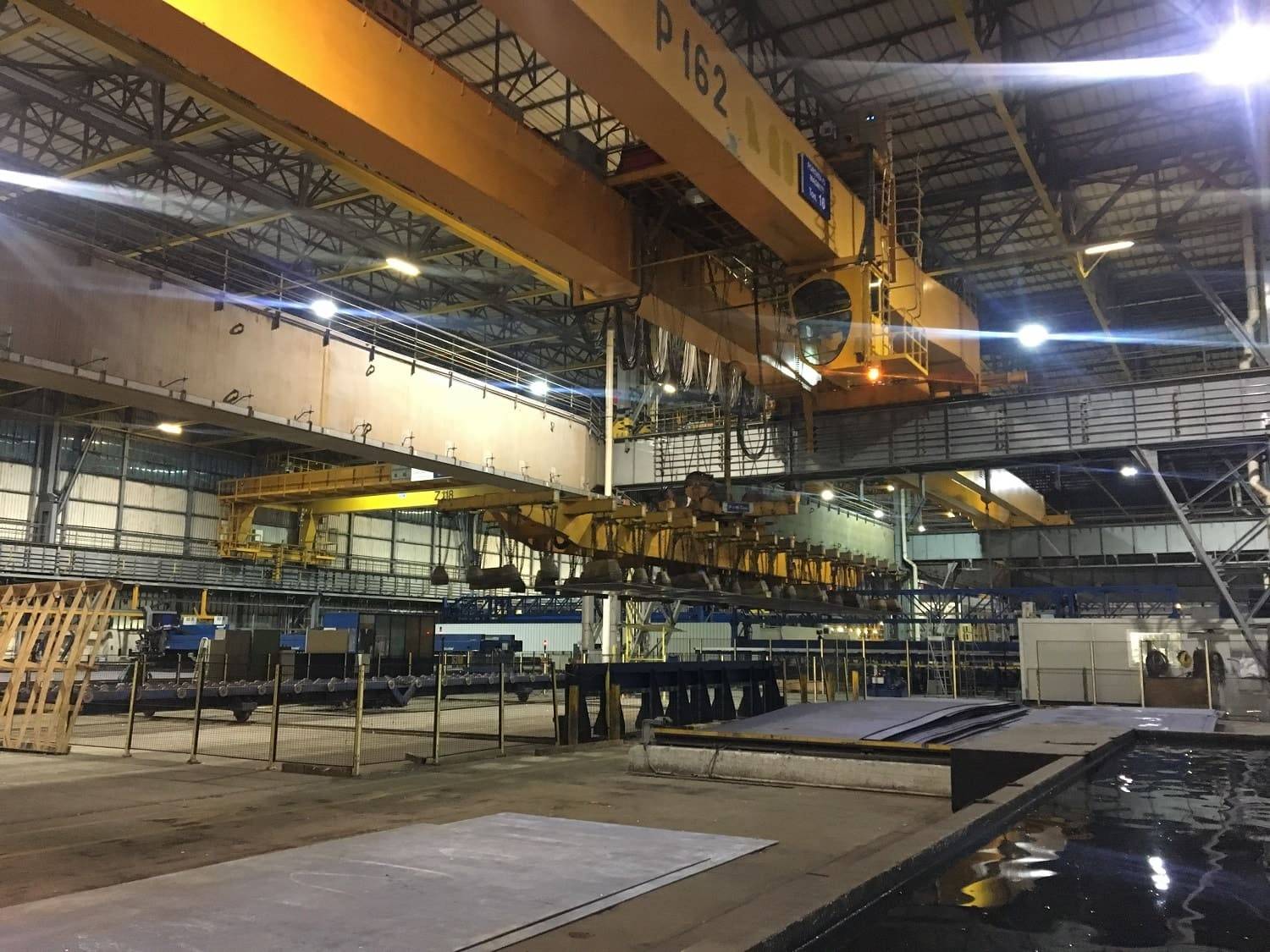
Metals in shipbuilding: materials used to build vessels and ships
When you speak to shipwrights, you should know a simple rule: ships are military equipment and vessels are civil equipment. However, when they are built, metals represent today’s main material. The largest tonnage falls on steel flats used to manufacture hulls and superstructures. A complete trade vessel or warship is a complex mechanism where both specific steels and non-ferrous metals are used.
Non-ferrous metals in shipbuilding
Non-ferrous metals, as a rule, are used in various equipment and hardware of vessels and ships. They are used in a much lower quantity than steel. For example, in 2016, the Spanish Navy sold a Principe de Asturias light aircraft carrier as scrap. The ship had a total weight of 8.6 thousand tonnes and contained more than 1.1 thousand tonnes of copper (including around 640 tonnes of isolated copper, i.e. cables) and about 300 tonnes of aluminium. There was also some bronze and lead. The other materials (about 7.2 thousand tonnes) were ferrous metals: steel and hot metal, as well as an insignificant amount of stainless steel.
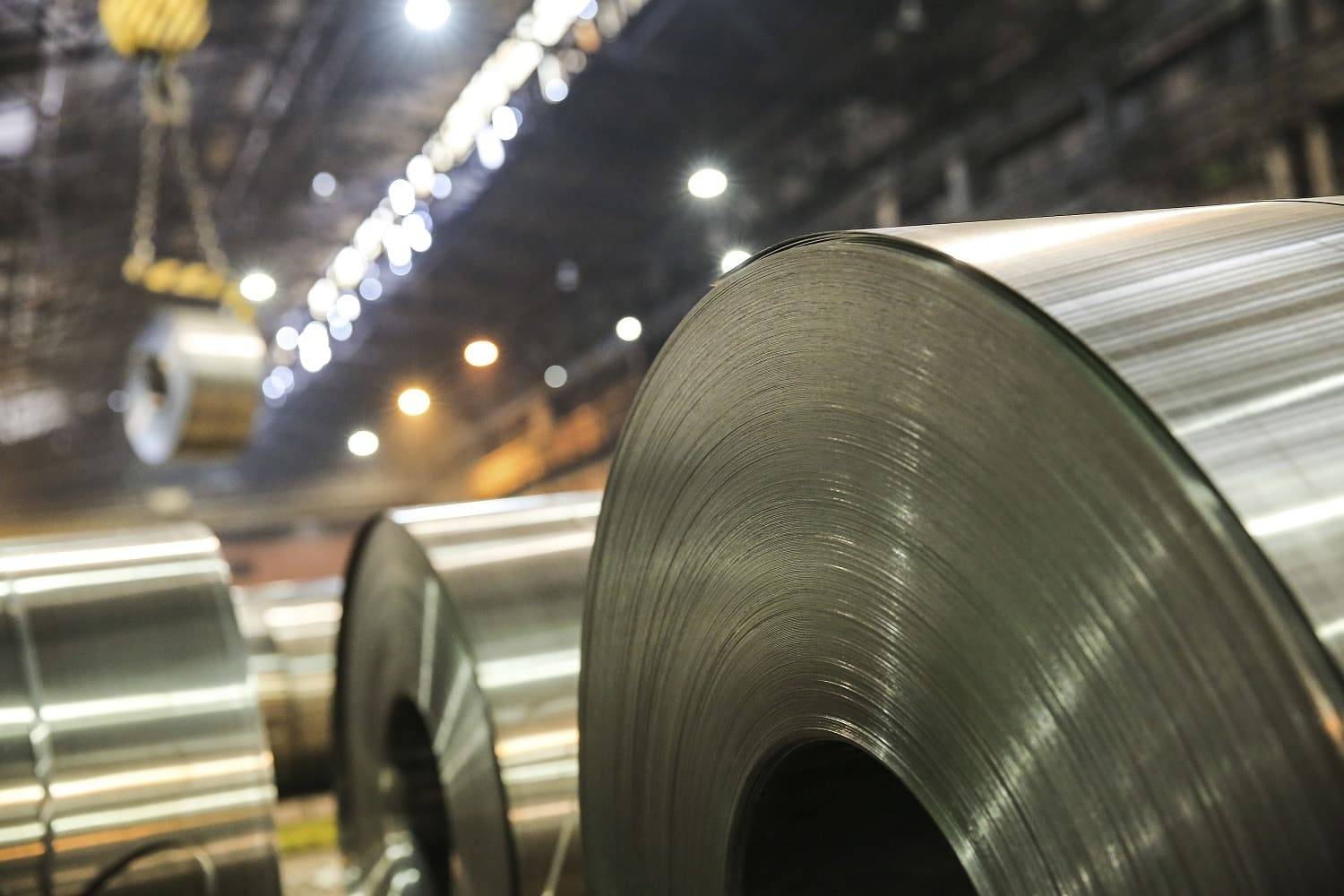
Stainless steel in shipbuilding
Why do they use such small quantities of stainless steel? It has a critical advantage for the shipbuilding industry: high resistance to corrosion. In fact, this metal contains at least 12% chromium, which forms a stable oxide film on the surface of the metal. This film protects steel against oxidation. In addition, stainless steel is welded using conventional methods but with special modes to make durable and corrosion-resistant parts. In addition to chromium, stainless steel also has a high content of nickel, which is expensive and significantly influences the final product cost.
Therefore, it is impossible to make a vessel hull of stainless steel in practice. However, different special steels are used in shipbuilding as substitutes for non-ferrous metals: to manufacture lining for propulsion shafts, turbine blades, etc. Stainless steel is also available as plated steel. This is a double-layer material where the stainless steel (or another alloy) is applied as a thin coat on structural or low low-alloy steel using a specific technique. This ensures protection against corrosion and keeps costs from becoming stratospheric.
Alloyed steel in shipbuilding
To manufacture the most metal-intensive part (the vessel or ship hull), hot-rolled plates of alloyed or low-alloyed steel grades are used. Such hot-rolled plates have much in common with traditional steels used in construction; however, they have their own features related to operating conditions.
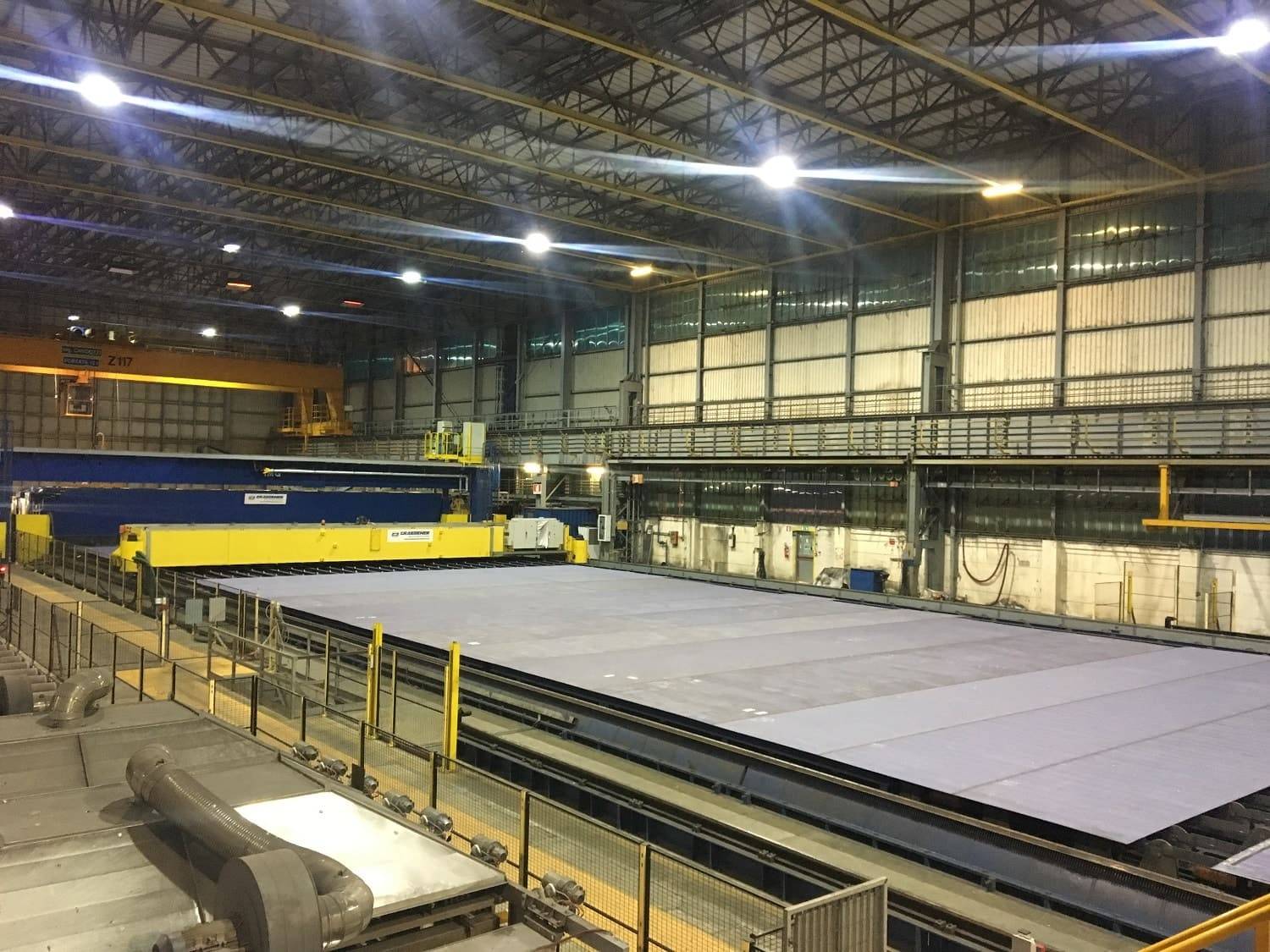
Rolled steel, even the types that are typical for shipbuilding, often has additional requirements due to specific characteristics. In this case, alloying additives are used when smelting the steel that change and improve its properties. For example, copper is used as an additive specifically in shipbuilding. For example, you might recall scenes of a movie about sea robbers or brave travellers where a vessel hull below the water line was fouled and became heavier. Or it rusted in the process of long sea travels and threatened the ship’s crew. Today, thanks to copper additives, ready-to-use rolled steel has higher resistance to corrosion during operation. The undersea part of the vessel hull, which is built using such alloyed steel, does not become as fouled. Therefore, risks of hull breach and maintenance costs are reduced.
Hot metal for vessel parts
Ferrous metal producers manufacture one more type of product used in shipbuilding, in addition to steel: hot metal. For example, it is cheaper to cast grey iron than steel. Malleable hot metal is more flexible and impact resistant. It is used to manufacture steering mechanisms, gearbox housings and other parts.
Requirements for shipbuilding steels
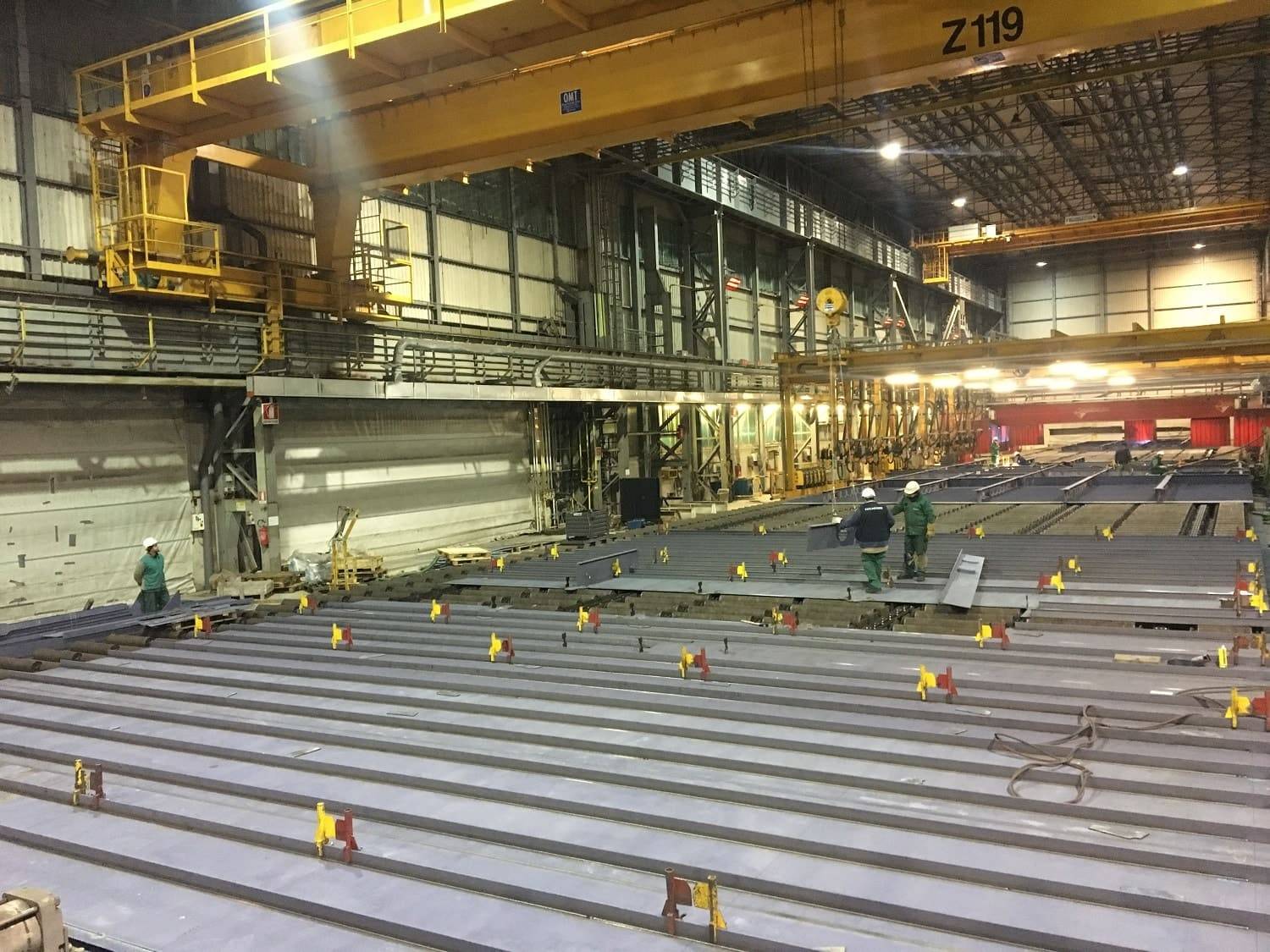
A vessel hull is always in contact with water (both fresh river and saline sea water) and is exposed to other impacts, for example, on a pier while mooring at a seaport. Therefore, the hull material must ensure the set level of strength, flexibility and viscoelasticity under different thermal conditions. Rolled steel used to manufacture vessel and ship hulls must be sufficiently resistant to corrosion, but at the same time be easily deformed (bending and cutting) and welded at dockyards.
To ensure smooth processes, shipbuilders need the corresponding materials. That is why Ilyich Steel, Azovstal and other plants that manufacture heavy plates for the shipbuilding industry smelt special steel grades with features that correspond to the specifications of the regulations of national and international classification societies. The possibility to manufacture shipbuilding sheets is confirmed by inspectors from international certifying companies. Interestingly, shipbuilders from different countries of the world set their own specific requirements for rolled products. Metallurgical companies operating in this segment, as a rule, have a few dozen certificates of conformity: for clients from Europe, Middle East and Asia.
Below are some of the best-known classification societies:
- Lloyd’s Register of Shipping (LR, UK)
- Det Norske Veritas Germanischer Lloyd (DNV GL, Germany)
- Bureau Veritas (BV, France)
- American Bureau of Shipping (ABS, US)
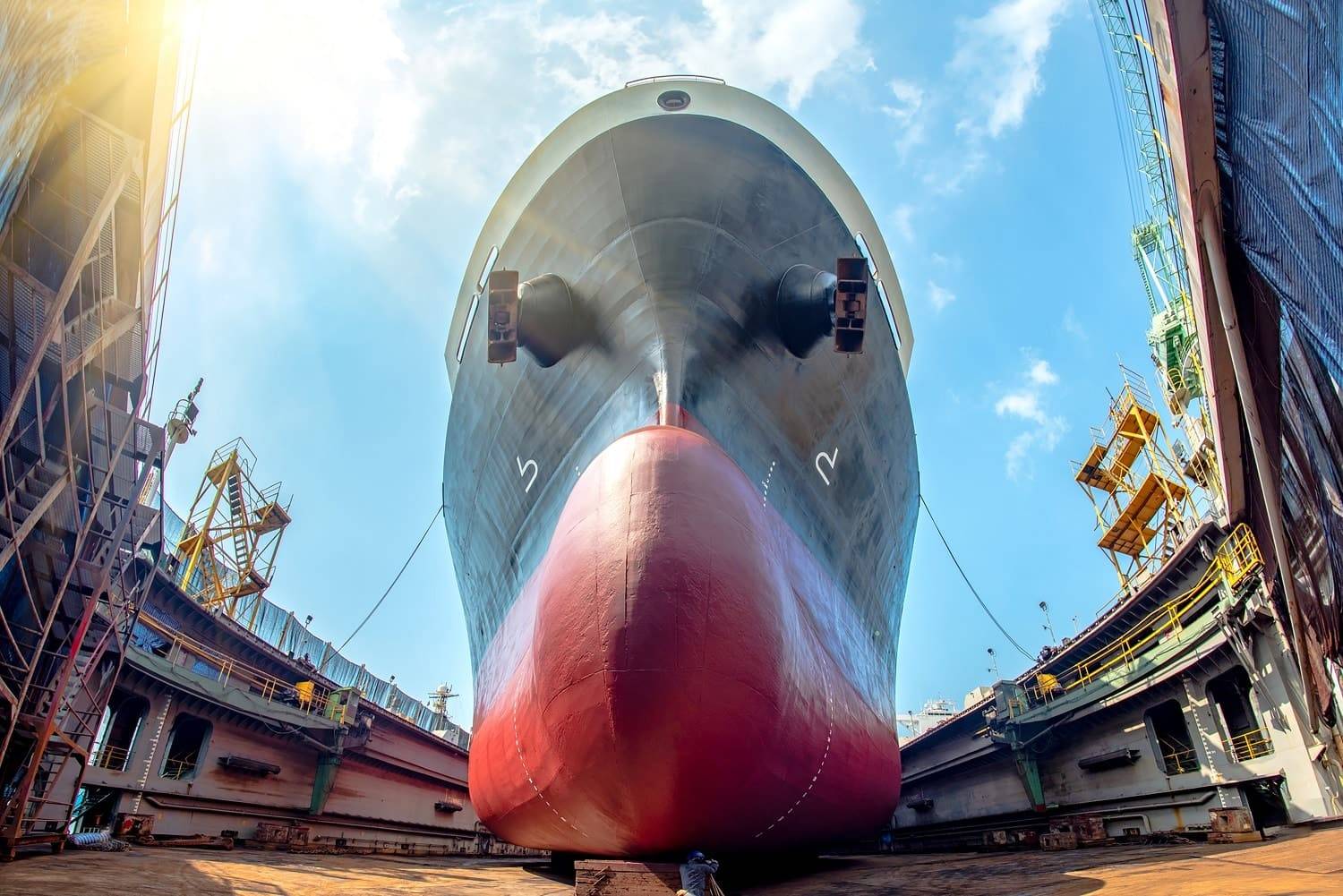
Steel grades for shipbuilding
Taking into account the production technique and operating conditions, rolled steel for shipbuilding must have a specific set of characteristics for smelting hot metal, steel and rolled products. Such metal must be resistant to corrosion and impacts, as well as have a high yield, strength, weldability and resistance.
Basic steel grades for vessel hulls
Rolled steel for shipbuilding must comply with the requirements of the International Association of Classification Societies (IACS). The unified grades А, В, D, Е and F are applied to label steels used to manufacture vessel hulls. They are based on such parameters as yield strength and impact resistance at a specific temperature. In addition, steels are divided into two main categories depending on strength properties:
- normal strength, the limit for which is at least 235 MPa (24 kgf/mm2)
- increased strength for three categories, with guaranteed yield strength of 315 MPa (32 kgf/mm2), 355 MPa (36 kgf/mm2) and 390 MPa (40 kgf/mm2)
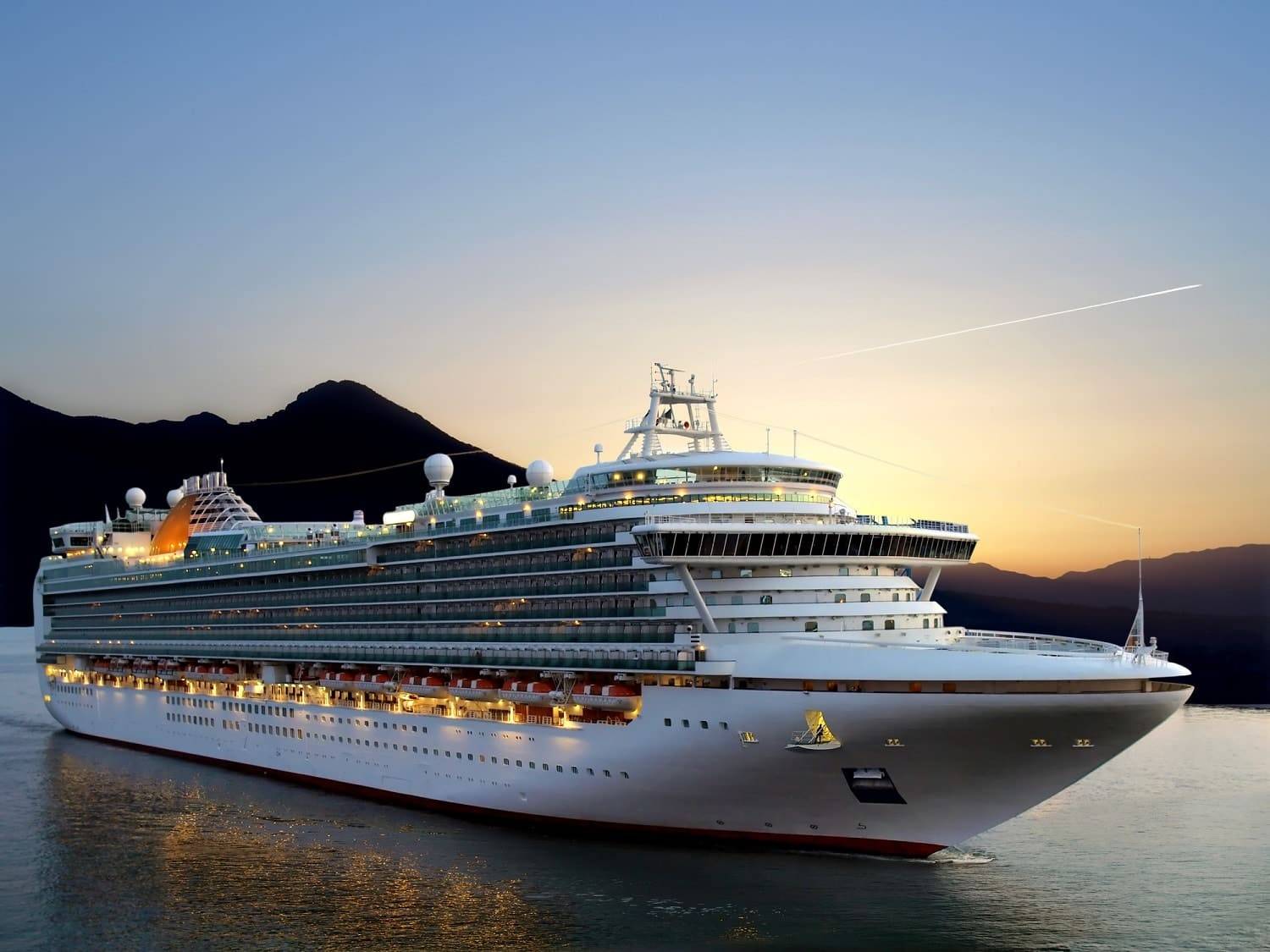
Resistance to embrittlement for steels with normal strength is defined by a value of impact energy using samples with a sharp notch at a specific given temperature. Shipbuilding sheets of grades В, D, Е and F must ensure required impact energy at a test temperature of 0 °C, -20 °C, -40 °C, and -60 °C, respectively. Rolled steel of grade A is not tested for impact bending at all.
Metinvest Group is a notable vendor of materials to the Ukrainian and global shipbuilding markets. Flats are manufactured at Metinvest using the rolling mill 3000 at Ilyich Steel in Mariupol. Their main difference lies in maximum sheet width. Ukrainian semi-finished products are used to manufacture shipbuilding plates at the Group’s European facilities, namely the Italian enterprises Ferriera Valsider and Metinvest Trametal, as well as the British company Spartan UK. The quality of these products complies with European standards, which makes it possible to export Ukrainian metal to dockyards in Northern Europe and countries in Southeast Asia. Metinvest sells shipbuilding steel without the involvement of presidents, but via its own sales network and sales offices all over the world.
